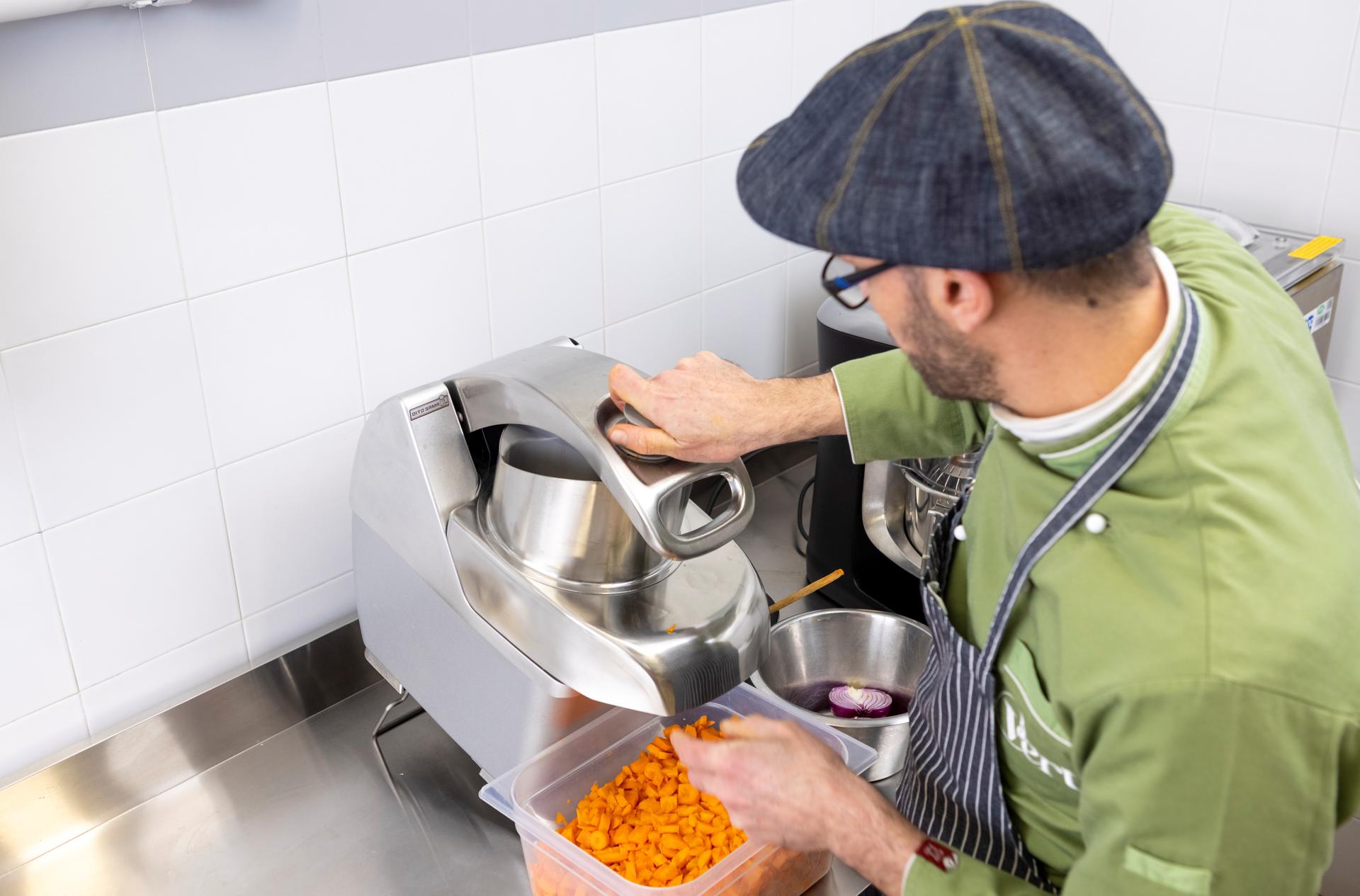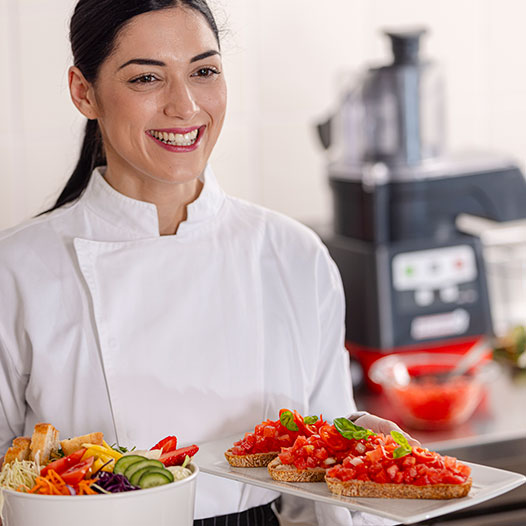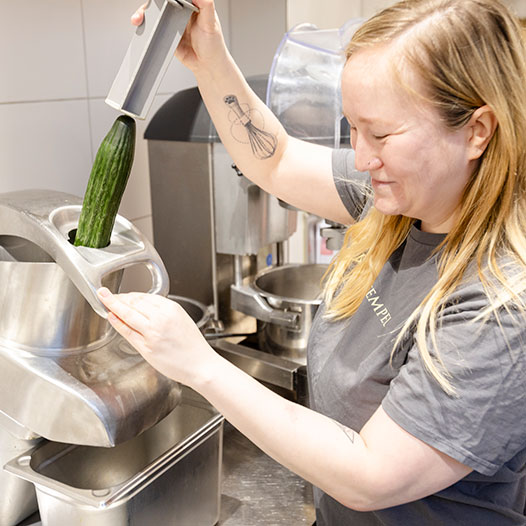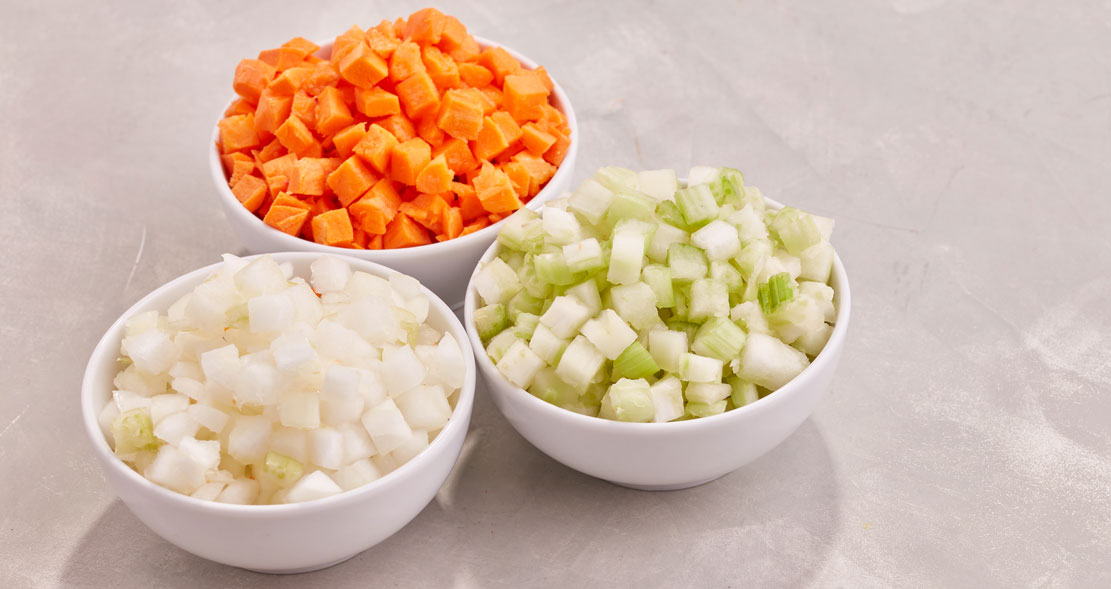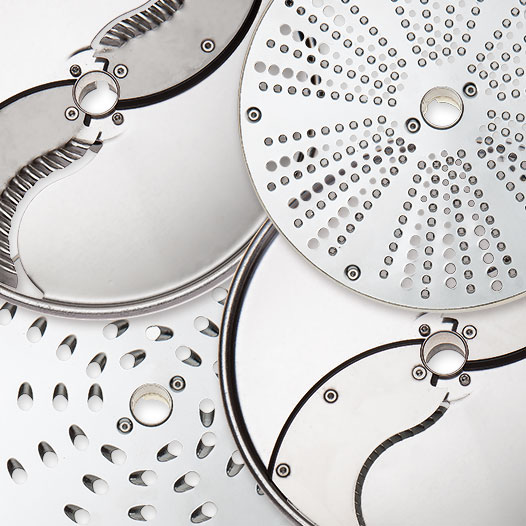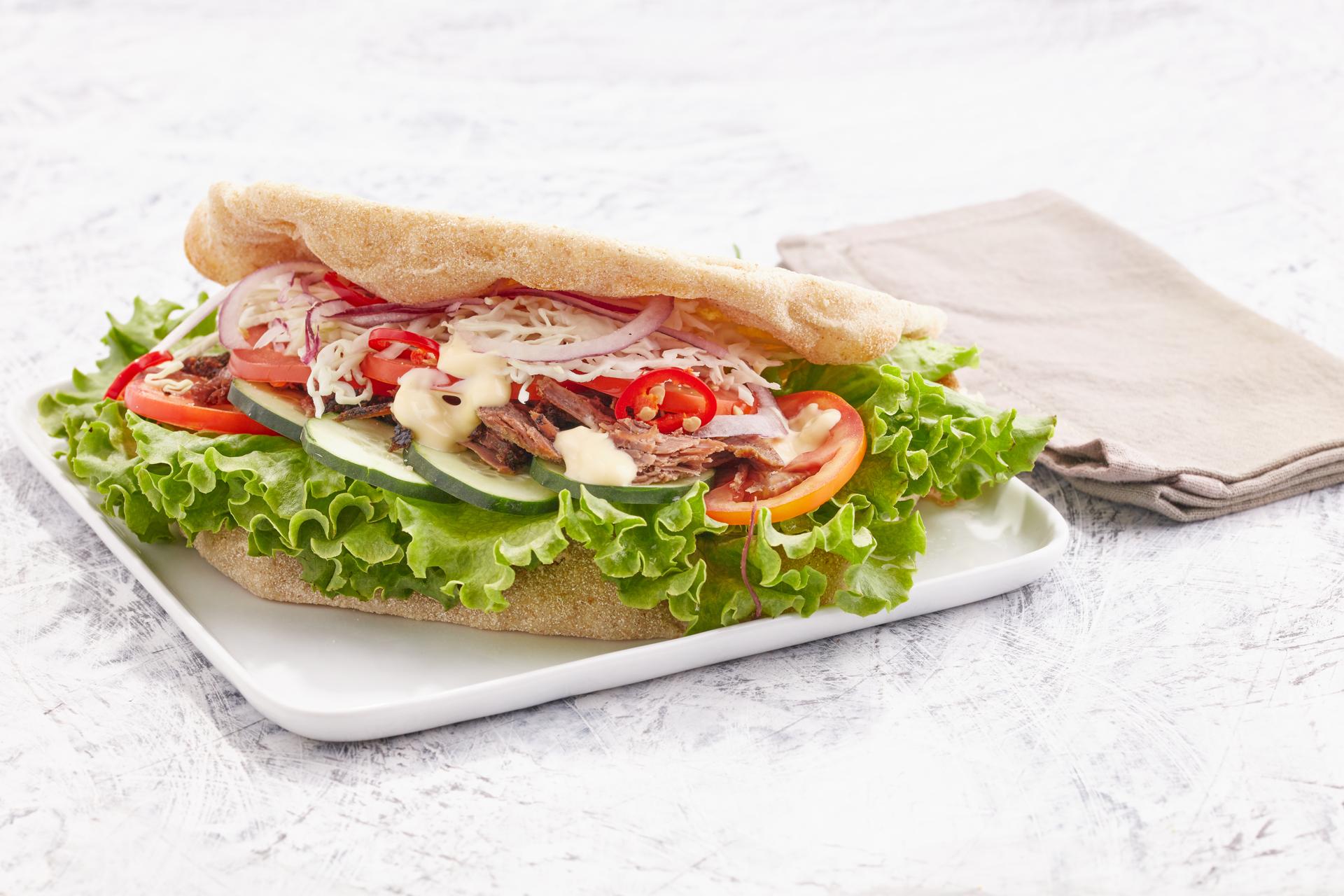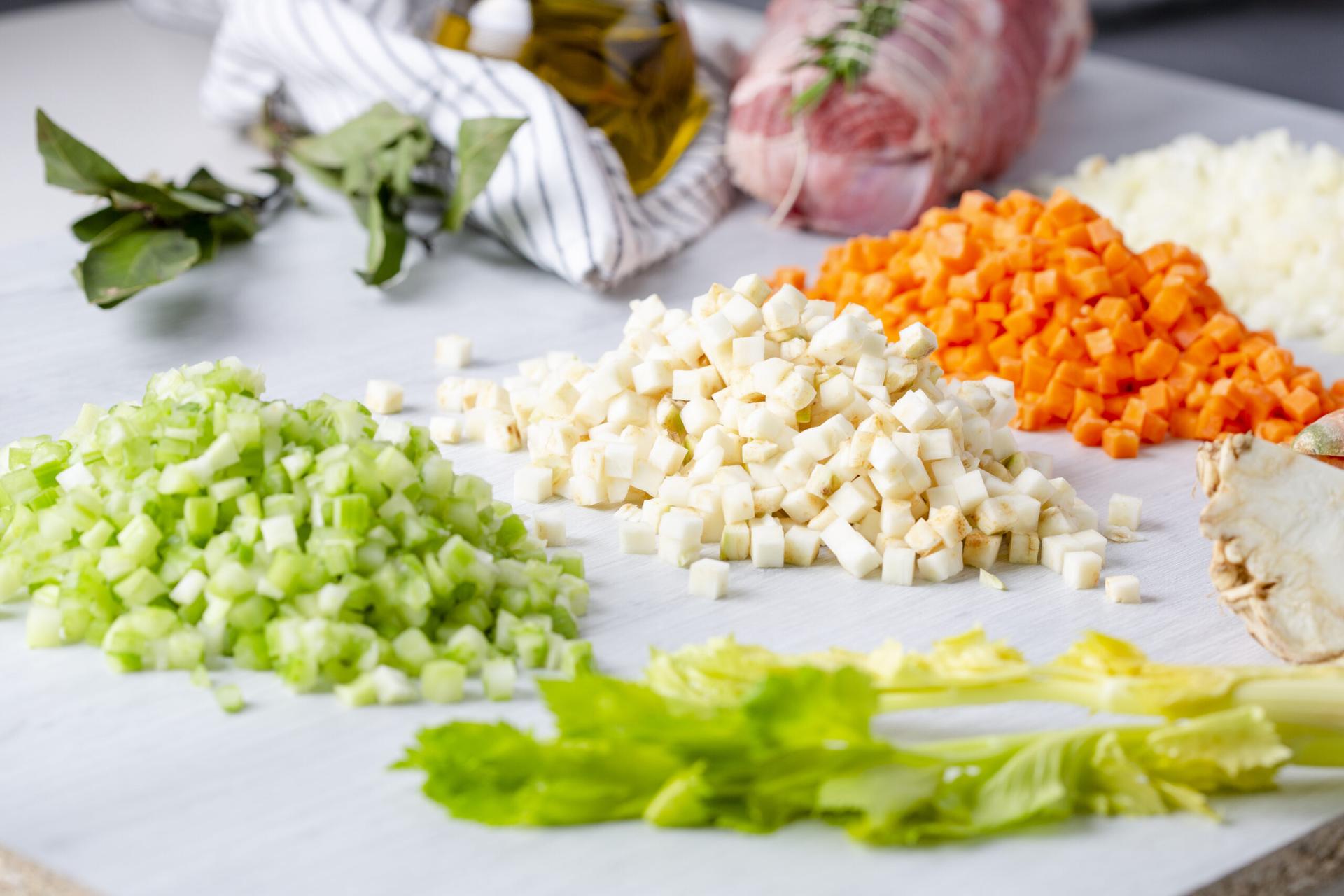

Best Techniques for Efficient and Precise Vegetable Preparation
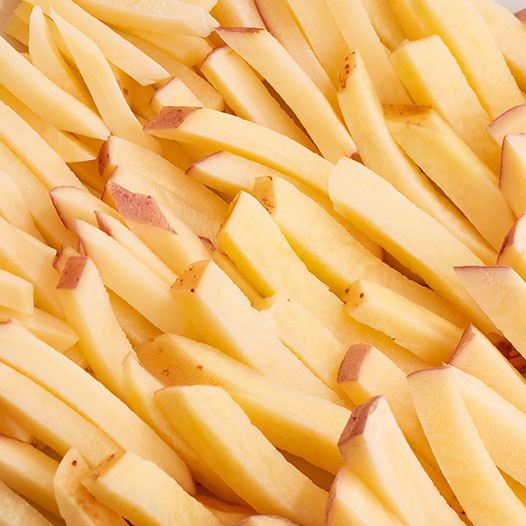
Vegetable prep is one of the most time-consuming tasks in any commercial kitchen – and one of the most important. Whether it’s for a delicate garnish or a high-volume batch of sliced potatoes, the way vegetables are prepared affects texture, taste, and timing. In busy professional kitchens, mastering this part of the workflow can make the difference between a smooth service and a rushed one.
Let’s explore why precision matters, what tools make the biggest difference, and how to structure your prep process for maximum efficiency.
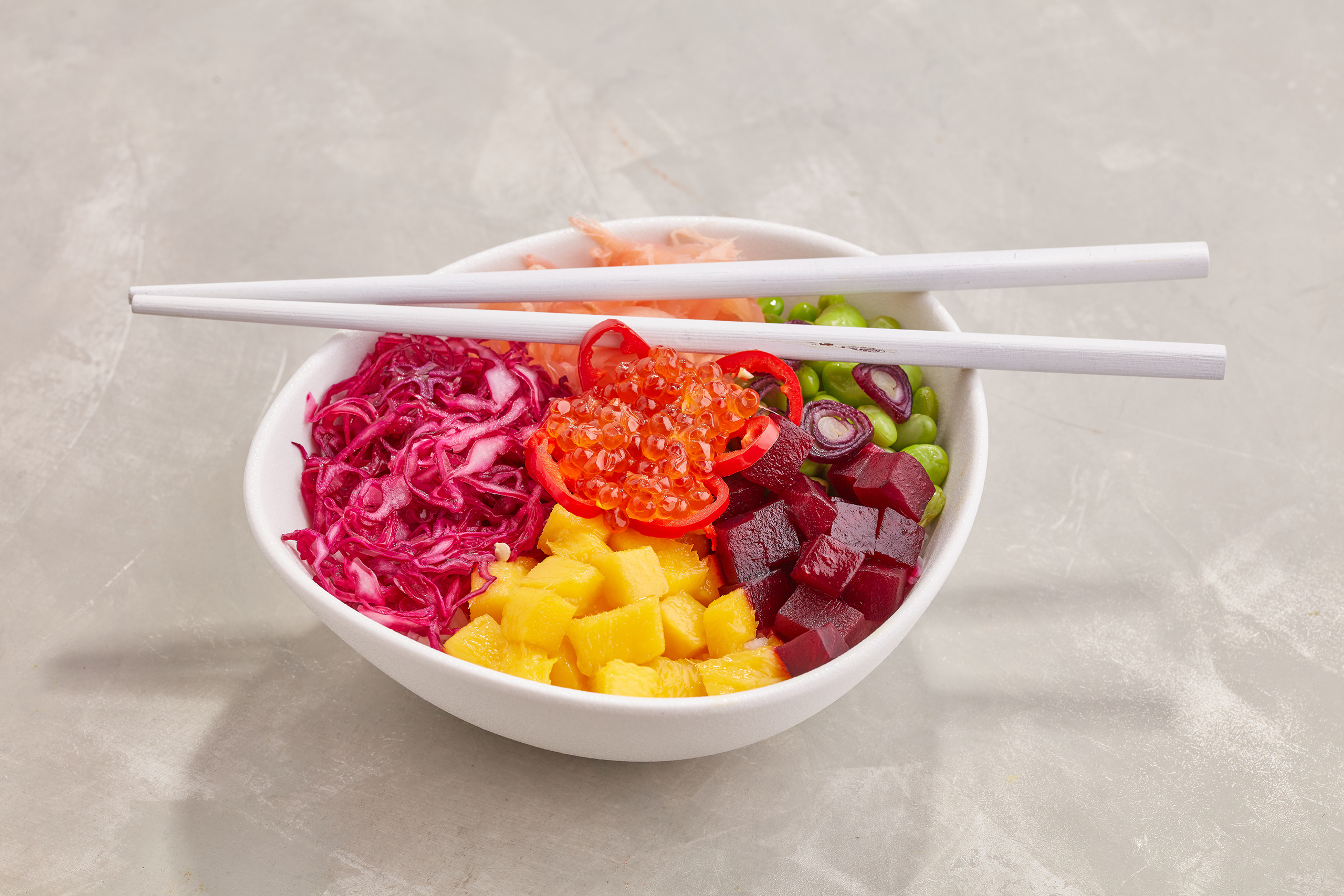
The Importance of Precision in Commercial Vegetable Preparation
Vegetable preparation isn’t just about cutting things up quickly – it’s about consistency. Even, well-sized cuts ensure that vegetables cook at the same rate, absorb flavors uniformly, and contribute to the visual appeal of the dish. This kind of precision supports both food quality and kitchen efficiency.
In commercial settings, inconsistent prep can lead to longer cook times, uneven textures, and avoidable waste. More importantly, it disrupts the rhythm of a professional kitchen where timing is everything. Precise vegetable prep improves plating, simplifies portioning, and helps maintain food costs.
Essential Tools for Fast and Uniform Vegetable Cutting
While skilled knife work is always valuable, commercial kitchens depend on more than blades alone. The right equipment helps scale precision and speed across multiple shifts. Here are some essential tools:
- Commercial vegetable slicers: designed for volume and uniformity, these machines can process large quantities of vegetables with adjustable slicing settings to suit different needs.
- Food processors with slicing attachments: versatile and efficient, they allow for quick changeovers between tasks like chopping, grating, and shredding.
- Mandolines and handheld cutters: useful for small batches or precise cuts, especially in prep stations where space is limited.
When choosing these tools, look for models that are easy to clean, offer safety features, and come with multiple blade or disc options. Dito Sama’s professional vegetable slicers, for instance, are engineered for performance, ease of use, and hygiene – making them ideal for both fast-paced and precision-driven kitchens.
Best Practices for Maximizing Efficiency in High-Volume Kitchens
To truly speed up vegetable prep without sacrificing quality, it's not just about tools – it’s about process. A well-structured prep station paired with thoughtful time management can create an environment where speed and precision go hand in hand. Here are a few tried-and-true strategies:
Some kitchens also benefit from integrating vegetable prep into digital systems – using kitchen display systems or software to track quantities, prep times, and waste metrics. This adds a data-driven dimension to kitchen operations, allowing teams to make smarter adjustments over time.
Ultimately, efficient vegetable prep is about more than speed. It’s about designing a system that allows your team to work smarter, stay consistent, and deliver high-quality dishes with confidence and precision.
LAST NEWS

